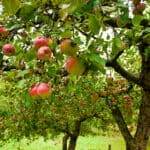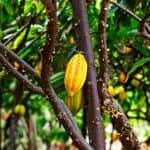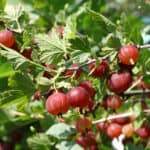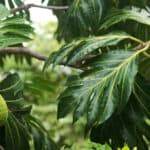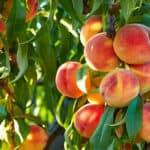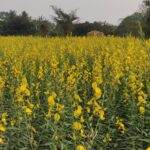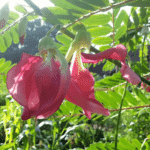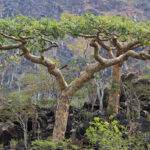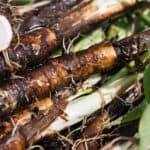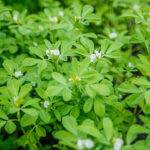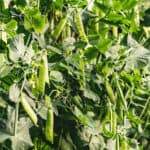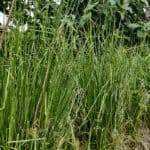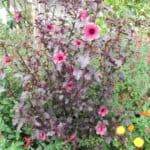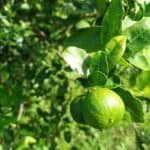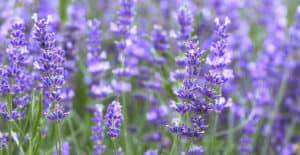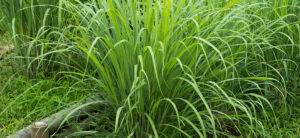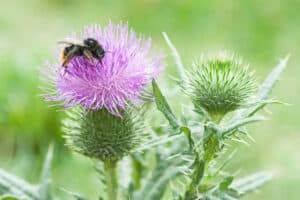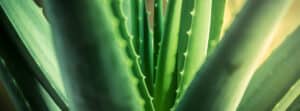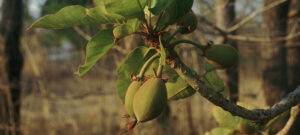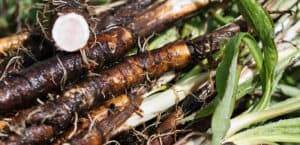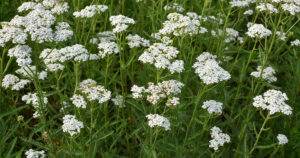Chaya: The Mayan Superfood
Chaya is a leafy perennial shrub valued for its nutrient dense foliage and resilient growth. It is native to Mexico/Central America, but can be easily cultivated in any tropical and subtropical climate. Today, Chaya continues being consumed regularly by indigenous communities such as the Maya who have consumed it as a high protein food source for centuries. While the leaves of Chaya are toxic raw, once cooked they are a nutritional powerhouse and delicious addition to the diet. They are high in protein, calcium, iron, vitamin A, and vitamin C.
The cooked leaves have a pleasant but subtle flavor and an extraordinary texture, comparable to grape leaves used in Greek dolmas. The leaves are a bit bouncy to chew but soft enough to be easily eaten, giving it a meaty mouth-feel.
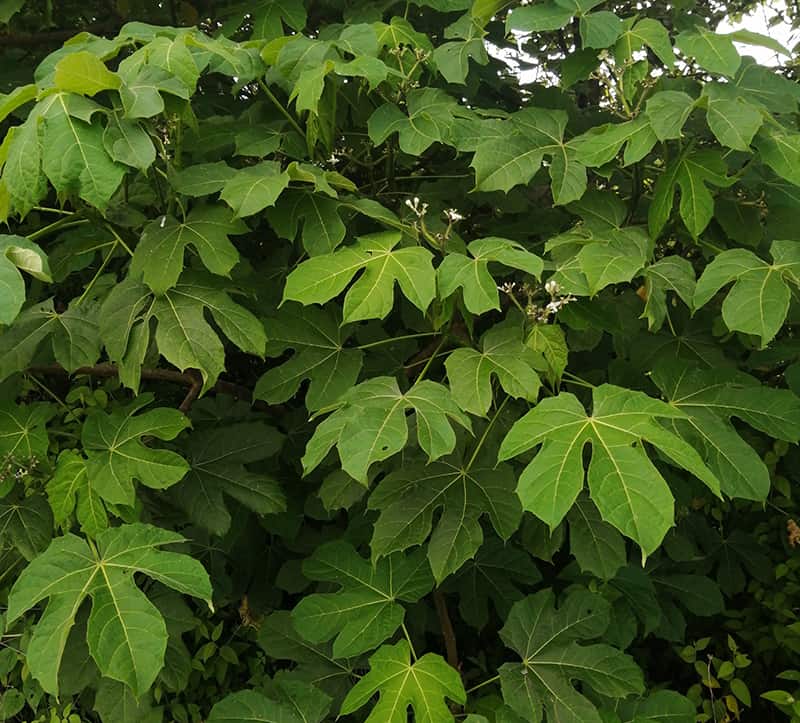
Cultivating Chaya
Chaya can be grown in tropical and subtropical climates. It cannot handle frosts well and will grow slowly in cold mountainous regions. This being said, Chaya is a pretty diversified crop in Mexico and Central America so there are likely varieties more tolerant to specific conditions. There are also many other closely related species, some of which have a history of consumption. Chaya is drought tolerant and will lose its leaves during extended dry periods but will leaf out once there is sufficient moisture.
It is best to mention now that Chaya produces skin irritating latex wherever it is damaged. It’s nothing excruciating, but it can be unpleasant. Some people are more sensitive to this latex. You should wear a long sleeve shirt and have proper tools and care when harvesting or working with Chaya. If you’ve ever harvested stinging nettle, you will want to have similar caution during harvest.

Propagation
It is best to propagate Chaya during the rainy season or whenever there is abundant moisture in the soil. You will need access to a healthy Chaya plant in order to get your cuttings. There are probably various ways and preferences when it comes to cultivating Chaya, but this is just what works best in my experience. Regardless, it’s a hardy plant so it’s hard to go wrong.
Taking Cuttings
- Use loppers to have a little more distance and safety from the latex. If you don’t have loppers, clippers work just fine.
- It is best to use long straight cuttings of around 50 to 100 cm in length and about 2 cm in width at the base. Woody stem material works great and is more resilient in wet soils.
- Remove leaves and store out of the sun if you’re not going to use them immediately.
- Hypothetically you can start new plants from a small piece of stem with just 2 or 3 nodes if this is all you have access to.
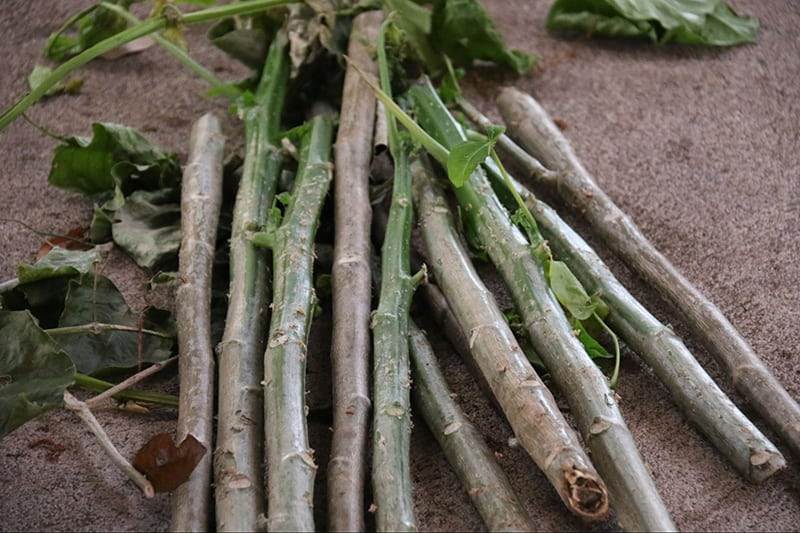
Planting Your Cuttings
In wet climates Chaya stems will easily root even if carelessly left laying on the ground. I typically take the cuttings and bury them half way to one third in the ground. In dry climates they can be buried deeper for more access to water while in wet climates they can be planted more shallowly so the cutting is farther above ground and better suited to compete against weeds.
Chaya doesn’t require loose soils, compost, or any tender love and care but this wouldn’t hurt it. I’ll mention again, Chaya is extremely hardy and I’ve seen luscious growth from these plants in less than ideal conditions. The most important thing is that it has warm temperatures and access to water when planted.

Caring For Chaya
- Chaya doesn’t require much care in a proper climate.
- It loves rain and can handle pretty strong dry seasons.
- If you have particularly shallow soils or a very extreme dry season, consider giving it extra irrigation during this time of year. If not it will lose its leaves but likely bounce back once the rains arrive.
- It doesn’t get pests likely due to its toxic latex. I’ve also never seen it diseased, although it might happen outside of its preferred climate.
- Chaya can grow into massive trees if allowed to but you can keep it at whatever size you prefer.
Harvesting Chaya
- Wear a long sleeve shirt and gloves to protect yourself from the latex. Have a bag or basket ready.
- You can simply snap off the leaves by hand with a similar motion used for harvesting kale. Both the leaf stem and the node will start exuding latex so be careful.
- Alternatively, you can use loppers and cut down stems if your plant is overgrown. You can harvest the leaves directly from these cut stems
Cooking With Chaya
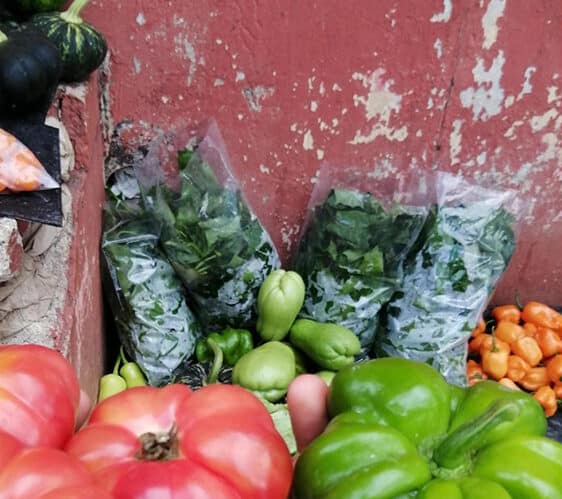
As mentioned previously, Chaya is toxic unless thoroughly cooked. This is because it contains hydro-cyanide which breaks down through cooking. This means boiling the leaves in water for 15 minutes. The remaining broth can also be consumed as a nourishing tea.
Once boiled the leaves can then be used similarly to spinach in a number of dishes. In the Yucatan Chaya is traditionally cooked with eggs or mixed into corn masa to make tamales. It can also be added into soups and stews. If you’re not sure how to consume it, it is a matter of being creative!
Note: In the Yucatan peninsula it is also consumed as a juice mixed with pineapple. While this technically doesn’t break down the toxic compounds, it is readily drunk with no ill effects. In fact, it’s considered very medicinal. This is likely because the toxic compounds are in low quantities or perhaps because of an enzymatic reaction with the pineapple juice.
| Nutritional Value of Chaya | |
| Protein | 3.2% |
| Fat | 0.4% |
| Calcium (mg/100g) | 199 |
| Phosphorus (mg/100g) | 39 |
| Potassium (mg/100g) | 217.2 |
| Vitamin C (mg/100g) | 164.7 |
| Carotenoids (mg/100g) | .085 |
| Source: Kuti, J. O., & Torres, E. S. (1996). Potential nutritional and health benefits of tree spinach. Progress in new crops, 13(5), 516-520. |
Medicinal Properties Of Chaya
This guide will not go into depth on the medicinal properties and uses of Chaya because its application is diverse and the knowledge is largely held within traditional communities. This being said, reported ethnobotanical studies have found uses including; back pain, kidney pain, kidney stones, boils, warts, pimples, digestion, laxative, eye problems, muscular disorder, dental problems, weight loss, urinary problems, and many more.
Chaya has also been brought to Nigeria where it is consumed as a food and used as a medicinal plant. Here it is known as “ogwu obala” which literally translates to “hospital is too far”, a name it owes to its medicinal value.
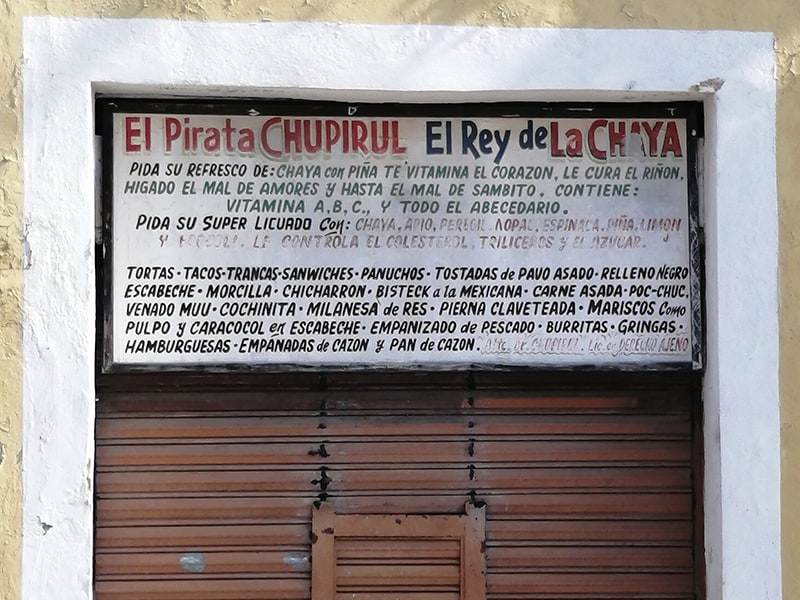
Other Uses For Chaya
Chaya can also be used as an excellent chop and drop in permaculture or syntropic systems. Considering how nutrient rich it is with proteins and minerals, it is likely to also provide many nutrients for the soil health. Considering Chaya doesn’t attract any pests, and may even repel them, it also makes an excellent companion plant.
Sources
Ross-Ibarra, J., & Molina-Cruz, A. (2002). The ethnobotany of chaya (Cnidoscolus aconitifolius ssp. aconitifolius Breckon): a nutritious maya vegetable. Economic Botany, 56(4), 350-365.
Kuti, J. O., & Torres, E. S. (1996). Potential nutritional and health benefits of tree spinach. Progress in new crops, 13(5), 516-520
Iwuji, S. C., Nwafor, A., Azeez, T. O., Nwosu, E. C., Nwaokoro, J. C., Egwurugwu, J., & Danladi, N. B. (2013). Nutritional and Electrolyte Values of Cnidoscolus aconitifolius (Chaya) leaves consumed in Niger Delta, Nigeria. American J Pharm Tech, 3(6), 138-147.
John, O. B., & Opeyemi, O. A. (2015). Effect of processing methods on nutritional composition, phytochemicals, and anti-nutrient properties of chaya leaf (Cnidoscolus aconitifolius). African Journal of Food Science, 9(12), 560-565.

